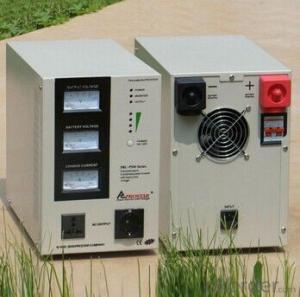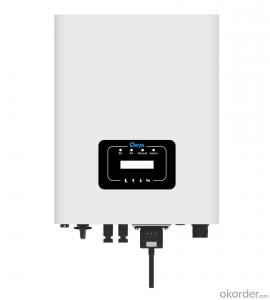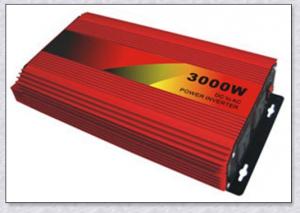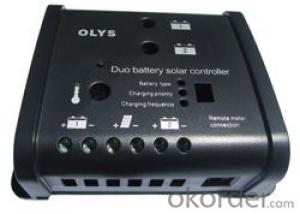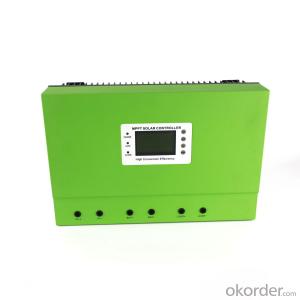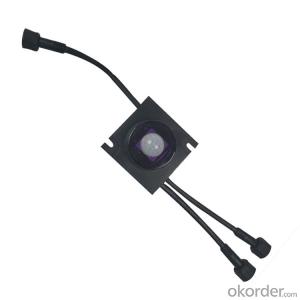Solar Edge Inverter Manual
Solar Edge Inverter Manual Related Searches
Solar Inverter User Manual Solar Inverter Service Manual Solar Edge Inverter Spec Sheet Tesla Solar Inverter Manual Solar Pump Inverter Manual Solis Solar Inverter Manual Delta Solar Inverter Manual Ever Solar Inverter Manual One Solar Inverter Manual Sma Solar Inverter Manual Solar Edge Inverter Abb Solar Inverter Manual Mppt Solar Inverter Manual Solar Edge Inverter Specs Aurora Solar Inverter Manual Tmeic Solar Inverter Manual Generac Solar Inverter Manual Growatt Solar Inverter Manual Solar Edge Inverter App Inverter Solar Edge Mpp Solar Inverter Manual Solar Edge Solar Inverter T Solar Inverter User Manual Abb Uno Solar Inverter Manual Solar Edge Hybrid Inverter Felicity Solar Inverter Manual Fronius Solar Inverter Manual Solar Edge Inverter Efficiency Solar Edge Micro Inverter Wind Solar Hybrid Controller ManualSolar Edge Inverter Manual Supplier & Manufacturer from China
Solar Edge Inverter Manual is a comprehensive guide that covers a range of products, including single-phase and three-phase inverters, power optimizers, and energy storage solutions. These products are designed to optimize solar energy production and storage, ensuring efficient and reliable performance for residential, commercial, and utility-scale applications. The manual provides essential information on installation, operation, and maintenance, making it an invaluable resource for professionals in the solar energy industry.The Solar Edge Inverter Manual is particularly useful for those who are looking to harness the power of the sun for their energy needs. This product is widely used in various settings, such as homes, businesses, and large-scale solar farms, where maximizing energy output and minimizing costs are crucial. By following the guidelines and recommendations outlined in the manual, users can ensure that their solar energy systems are operating at peak efficiency, thereby reducing their reliance on traditional energy sources and contributing to a more sustainable future.
Okorder.com is a reputable wholesale supplier that offers a vast inventory of Solar Edge Inverter Manual products. As a leading distributor in the industry, they are committed to providing high-quality products at competitive prices. Their extensive stock ensures that customers have access to the latest models and technologies, enabling them to stay ahead in the rapidly evolving solar energy market. By partnering with Okorder.com, customers can benefit from their expertise and commitment to excellence, ensuring that they receive the best possible products and support for their solar energy projects.




